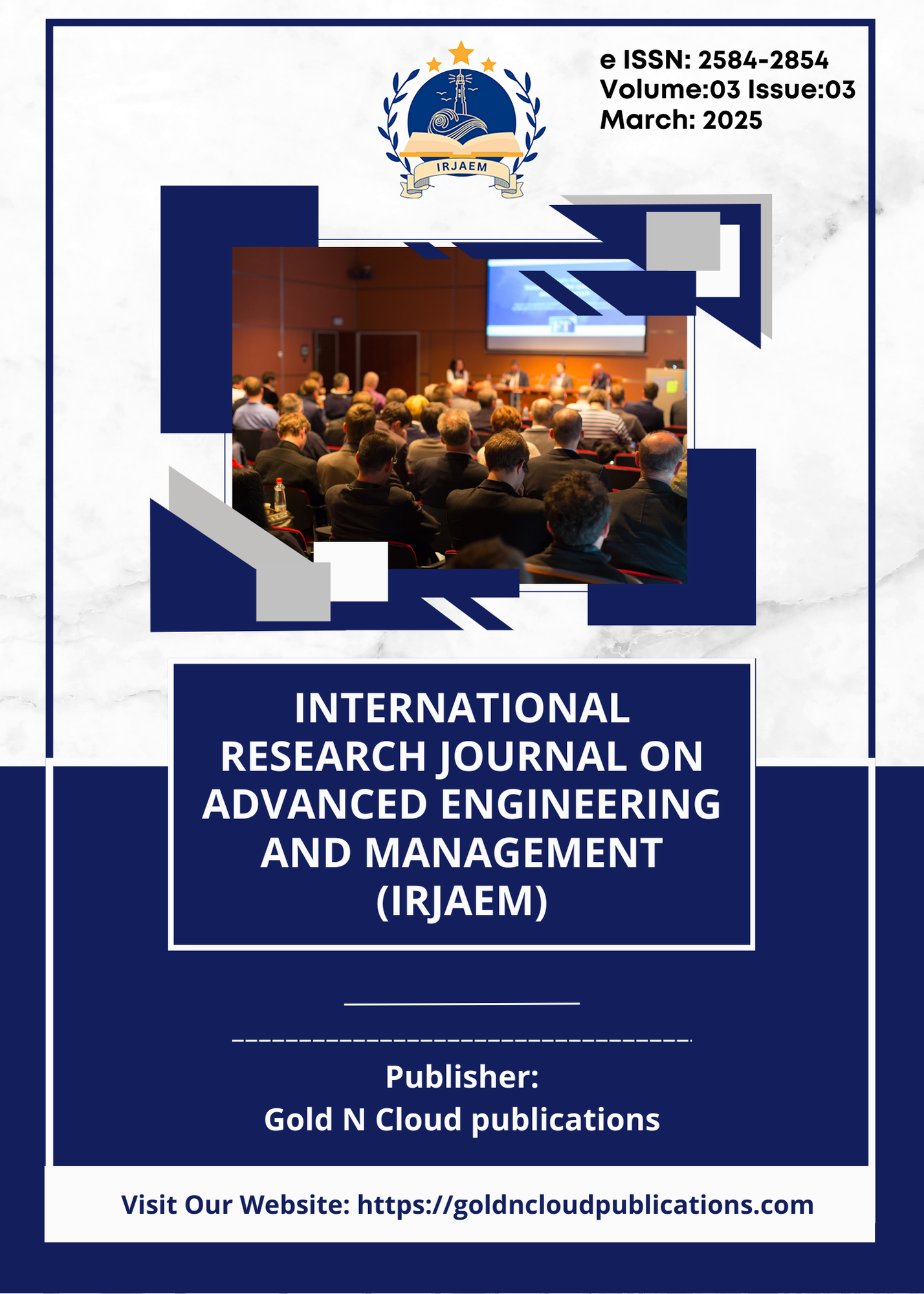Holographic Leadership Redefining Corporate Presence
DOI:
https://doi.org/10.47392/IRJAEM.2025.0074Keywords:
Technology, Leadership Styles, Innovation, Holographic Leadership, DecentralizationAbstract
Leadership is the backbone of any organization’s success. Normally, traditional leadership styles rely on rigid hierarchical structures along with centralized decision making. This limits autonomy, creativity and innovation. In today’s date, leadership has transformed into a more flexible, adaptive style that encourage collaboration and innovation and decentralization. In this fast-paced, technology-driven world, holographic leadership is redefining how organizations work. This approach emphasizes shared decision-making, team autonomy, and self-organization rather than centralized authority. This study explores the concept of holographic leadership. It examines the significant benefits such as fostering innovation, empowering employees and improving overall business performance. By encouraging a flat hierarchy and data-driven decision-making, it allows organizations to navigate change and digital transformation more effectively. However, while this leadership style presents many advantages, it also comes with challenges and limitations which have been discussed in the paper. This paper aims to explore the impact leadership styles on Job Satisfaction and Employee Performance through correlation and Binary logistic regression. A plan to adopt a holographic leadership style has also been discussed. Lastly, the role of AI in leadership is also stated. As leadership continues to evolve, integrating AI with holographic leadership can create a balanced model that blends technology with human empathy, cultural intelligence, and strategic foresight. This approach ensures that organizations remain adaptable, innovative, and competitive in and ever-changing corporate landscape.
Downloads
Downloads
Published
Issue
Section
License
Copyright (c) 2025 International Research Journal on Advanced Engineering and Management (IRJAEM)

This work is licensed under a Creative Commons Attribution-NonCommercial 4.0 International License.


 .
. 